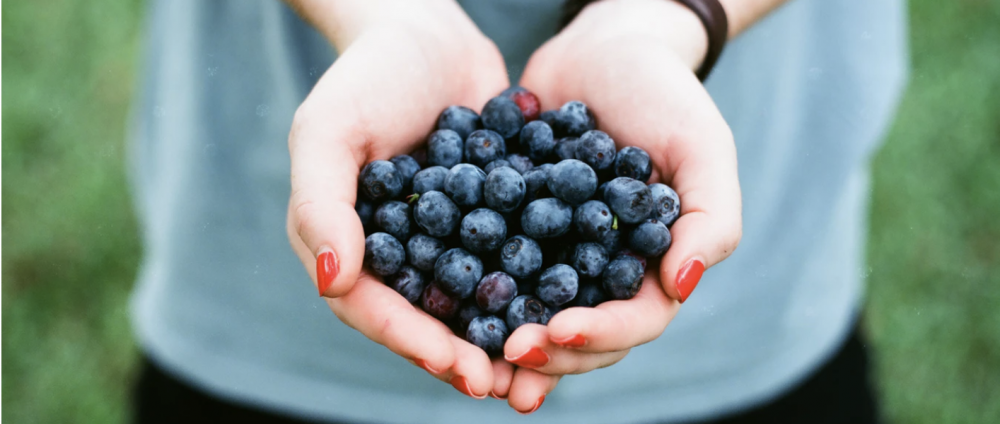 When most people think of the U.S. Department of Agriculture (USDA), they think of farms in rural America, meat inspections, or maybe even the USDA Organic Label. But USDA has a secret superhero identity that many people don’t know about: a powerhouse of research scientists.
When most people think of the U.S. Department of Agriculture (USDA), they think of farms in rural America, meat inspections, or maybe even the USDA Organic Label. But USDA has a secret superhero identity that many people don’t know about: a powerhouse of research scientists.
Yes, you read that correctly. The Agricultural Research Service (ARS) is the USDA’s in-house scientific research agency. Researchers ranging from chemists to plant physiologists to entomologists work to find solutions to agricultural problems and other issues that threaten the food supply.
These solutions often entail getting deep into the fundamental science — so deep, in fact, that walking into an ARS research lab, you might not be able to tell that the problems they’re solving are agricultural at all. Of course, many ARS locations sport greenhouses and field work as well. Just as often, however, ARS labs are typical chemistry, biochemistry, and sensory science labs.
Here are just a few accomplishments that have been brought to you, courtesy of the Agricultural Research Service:
A New Type of Blueberry
Who doesn’t like blueberries? The USDA Agricultural Research Service secured a plant patent for Nocturne, a new variety of blueberry, developed at the Philip E. Marucci Center for Blueberry and Cranberry Research and Extension in Chatsworth, New Jersey. The Nocturne variety is a sturdy, vigorous plant with dark fruit that can stand up to tough winters. It ripens late midseason to late season and averages 12 pounds of fruit per plant in the New Jersey area. Ripe fruit is medium-sized and sweet, with a flavor that is distinct from either rabbiteye or highbush. Nocturne “is intended to be a specialty market plant for homeowner, landscape, and ornamental use,” says ARS scientist Mark Ehlenfeldt.
Discovering What Makes an Avocado Delicious
What makes an avocado delicious? USDA scientist David M. Obenland and UC-Riverside colleague Mary Lu Arpaia are collaborating to answer that question. Aroma is a large contributor to flavor, and scientists already know that avocados contain at least 25 aroma compounds. But the precise role of each of these compounds remains somewhat elusive. That’s why Obenland and Arpaia are determining the kinds and concentrations of aroma compounds that are essential to the classic Hass avocado flavor. They gathered samples from about 850 avocados, analyzed more than 4,500 observations from taste-testers, and used gas chromatography- mass spectrometry to identify and characterize the compounds that are essential to the amazing fruits that give your guacamole and avocado toast the zing you love.
Better Gluten-Free Pancakes
Found: A Gluten-Free Pancake That Really Stacks Up. More and more people have banished wheat from their diets, either voluntarily, or because of wheat allergies or Celiac disease. But getting the texture right in gluten-free foods can be challenging. USDA ARS chemists Fred Shih and Kim Daigle formulated pancakes with different amounts of sweet potato flour to come up with a gluten-free pancake with a texture comparable to wheat pancakes. They found that a flour made from rice and sweet potatoes makes for not only excellent pancakes, but it delivers other health benefits as well. Shih’s rice- and sweet potato-based pancakes are standouts in terms of their antioxidant content, with 56 percent more beta carotene than traditional wheat-based pancakes. The high beta carotene is thanks to the sweet potatoes in the formulation. Find their study here.
You can find other ways USDA is innovating here, here, and here.
Erica Bakota is a GovLoop Featured Contributor. After earning her PhD in chemistry at Rice University, she joined USDA as a research chemist, where she studied lipid oxidation and alternatives to partially hydrogenated oils. She then returned to Houston, Texas to join the Harris County Institute of Forensic Sciences, where she led method development and validation for the Forensic Toxicology Laboratory. In March 2018, she made a move back to the feds and is now with the FDA as a chemist at the Kansas City Laboratory. Her work at FDA focuses on active ingredients in dietary supplements and pesticide residues in foods. You can read her posts here.





Thank you for sharing these cool facts, Erica! I had a peer in college who majored in both chemistry and food science and wanted to do exactly this!
That’s awesome, Uyen! You are exactly right- this research is really at the intersection of chemistry and food science, and I love that there are agencies where this can happen!